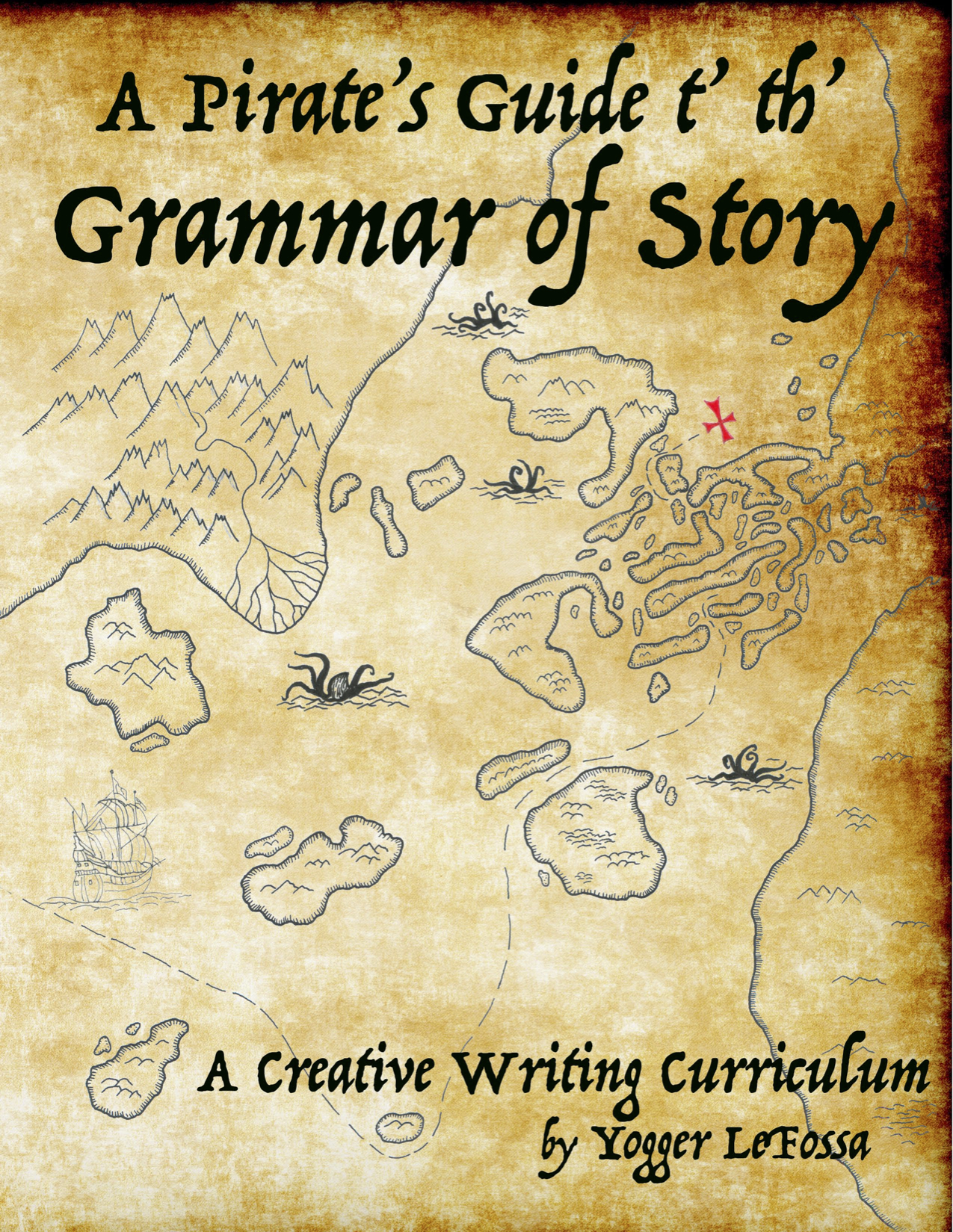Second :: Bridging the Gaps
// Filed in: Across the Learning Spectrum
One of the moms we spent time getting to know is a curriculum reviewer for a publication, and she is inundated with new curricula and has reviewed lots over the years. Most of us homeschooling moms can go through a fair number of texts and workbooks and study packs trying to find the right one that fits our family. This is only heightened for moms whose kids have learning challenges. They so long for something that will enhance the learning experience for their kids and encourages them to want to learn - for that learning experience to be a good, positive experience that their kids will want to do.
A common barrier is what this mom called “gaps.” This is where you are working on something, and the next step that they ask your student to take is too big a leap for them to comprehend or succeed at. They can’t do it. For example, incremental learning in math would be something like: 1+1=2, 1+2=3, 1+3=4, 1+4=5, and so on. Working in this way allows the student to take the previous step, see how it applies, and move on to the next step. It’s small enough that they can bridge from the first to the next example. But many teachings tend to take a leap. They show the student that sequence, and then ask “what’s 7+9?” That is too big of a leap. Gaps like this aren’t just a problem for special needs kids, it’s a problem for us all.
Whenever we come to a barrier or a chasm that’s too big to cross, we shut down, we give up, we don’t know what to do. It’s the level of scale that determines if we can push through, or if we shut down; it’s a matter of how big the gaps are. For some kids you can have fairly big steps and they can navigate that fairly well. Others need the steps to be close and tight for them to keep walking the path. So the challenge for all parents is to find a curriculum/program that does not have gaps that are bigger than their child can handle. And this is something that has been stated again and again by parents who have used Pirate’s Guide: it makes use of very small, incremental baby steps, and leading by example. It’s very directive, and removes the gaps, so that the student can keep walking forward confidently. No flying leaps!
A common barrier is what this mom called “gaps.” This is where you are working on something, and the next step that they ask your student to take is too big a leap for them to comprehend or succeed at. They can’t do it. For example, incremental learning in math would be something like: 1+1=2, 1+2=3, 1+3=4, 1+4=5, and so on. Working in this way allows the student to take the previous step, see how it applies, and move on to the next step. It’s small enough that they can bridge from the first to the next example. But many teachings tend to take a leap. They show the student that sequence, and then ask “what’s 7+9?” That is too big of a leap. Gaps like this aren’t just a problem for special needs kids, it’s a problem for us all.
Whenever we come to a barrier or a chasm that’s too big to cross, we shut down, we give up, we don’t know what to do. It’s the level of scale that determines if we can push through, or if we shut down; it’s a matter of how big the gaps are. For some kids you can have fairly big steps and they can navigate that fairly well. Others need the steps to be close and tight for them to keep walking the path. So the challenge for all parents is to find a curriculum/program that does not have gaps that are bigger than their child can handle. And this is something that has been stated again and again by parents who have used Pirate’s Guide: it makes use of very small, incremental baby steps, and leading by example. It’s very directive, and removes the gaps, so that the student can keep walking forward confidently. No flying leaps!
blog comments powered by Disqus
